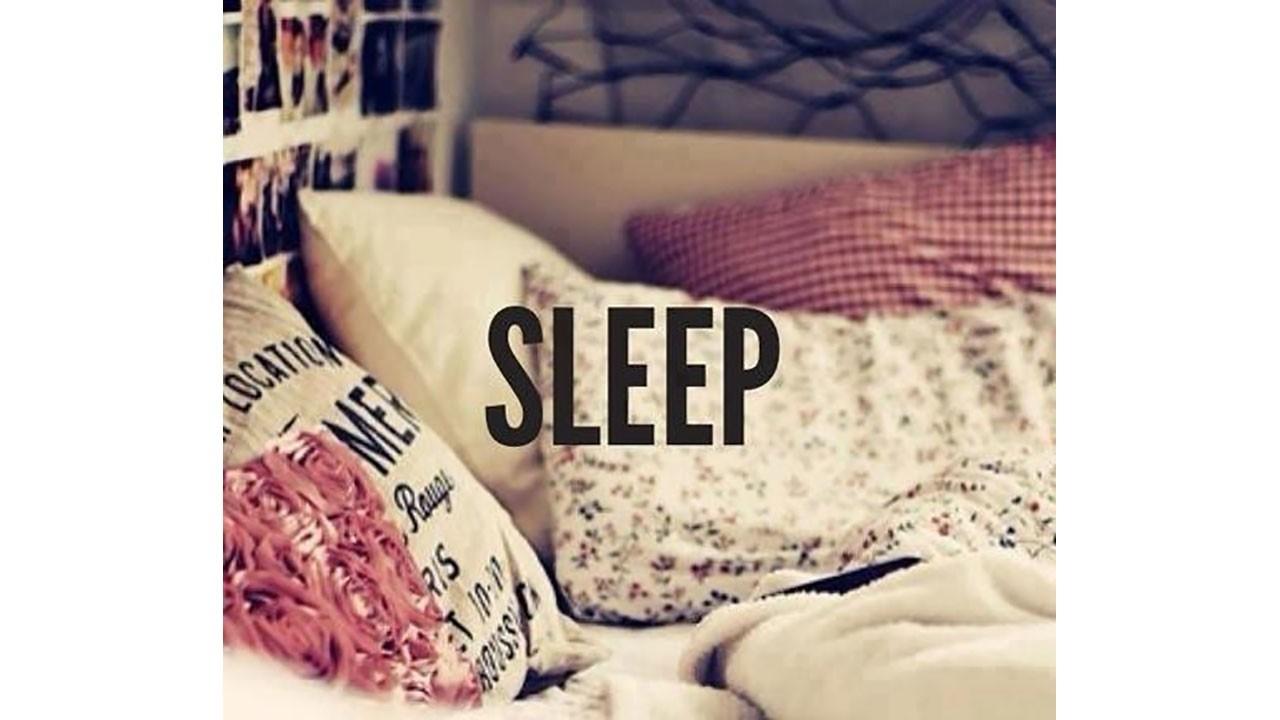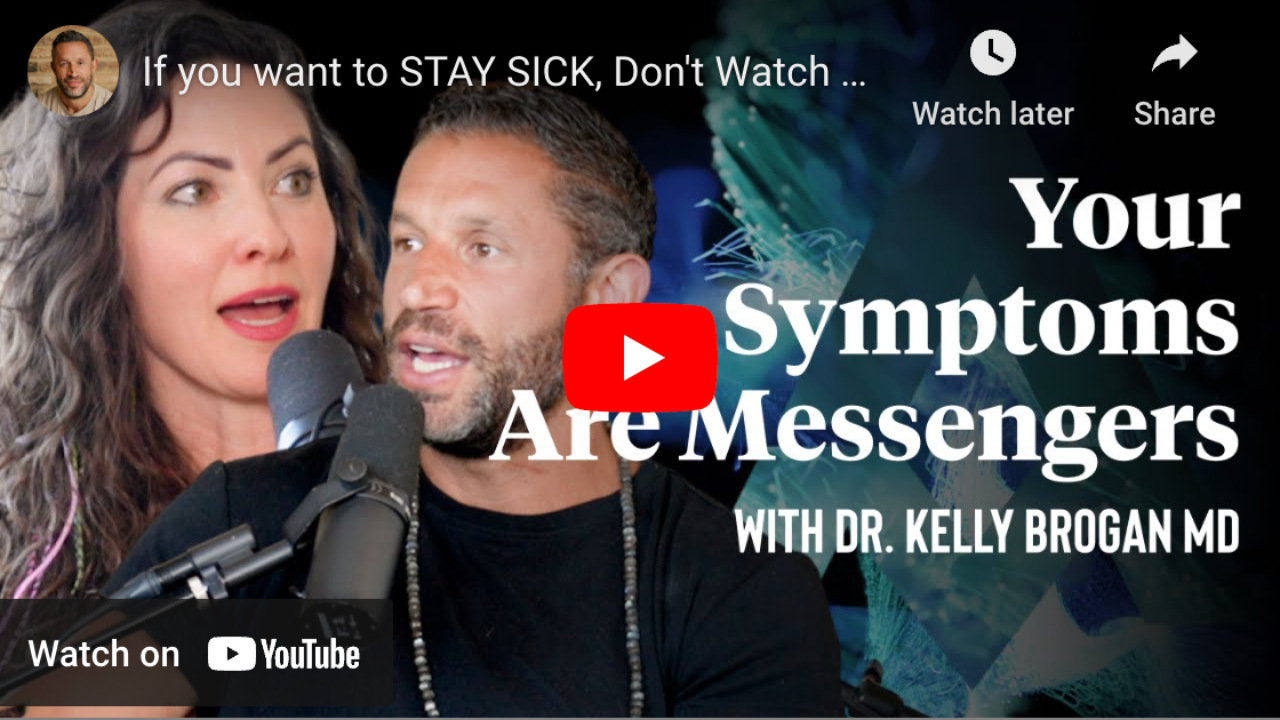Need Sleep? Here's Why Natural Sleep Aids Make Sense

This post first appeared on GreenMedInfo.com.
To sleep, perchance to dream. Many of us have a love hate relationship with sleep – making the time for it, honoring it, needing it, losing it, wanting it, partaking too much. A highly ritualized behavior, sleep also exemplifies the complexity of physiologic processes that feel beyond our control. Sleep onset involves a transition from sympathetic to parasympathetic nervous system dominance, a shift that is impossible to will with our cognitive minds, as 25% of Americans struggling with insomnia could tell you.
The emergency calls I get from patients, these days, tend to be from those suffering from psychotropic-withdrawal-induced insomnia. Otherwise balanced, rational women are rendered near-psychotic by the trauma of insomnia and disrupted sleep architecture. Their bodies and minds have “forgotten” how to do it. It turns out that one of the many poorly elucidated lasting effects of antidepressants is their interference with normal sleep architecture. Specifically,
To understand the significance of this, a brief review of normal sleep physiology is in order. Sleep occurs in two major phases – non-rapid eye movement and REM sleep. NREM is further divided into stages 1-4 with stages 3 and 4 representing slow wave sleep. Sleep itself is a continuous progression from wakefulness to NREM, to REM. Over the course of a night, four to six cycles of NREM to REM sleep occur; each lasting 80-110 minutes with slow wave sleep predominating in the early part of the night. In many ways, the sophistication of this process reminds me of childbirth – an orchestrated fusion of neurochemistry and electrophysiology, and now with a new player on the scene – immunity.
A fascinating recent review explores this very topic, entitled, Why Sleep Is Important for Health: A Psychoneuroimmunology Perspective.
When It Goes Right
During normal physiological sleep, blood levels of cortisol, norepinephrine and epinephrine drop while growth factors such as growth hormone, prolactin, and melatonin increase. Cortisol, our stress and immune-regulating hormone has a circadian rhythm independent of sleep, and nocturnal shifts result in increased immune cell activity at night. Sleep, particularly slow wave sleep, supports adaptive immunity, the memory defense that works in concert with the front line innate immune system.
When It Goes Wrong
By activating two response systems, the fight or flight “adrenergic” system and the stress response hormonal system or HPA axis, lost sleep can skew immunity toward a TH2 dominant pattern.
This review suggests that nocturnal sleep primes inflammatory signaling but lost sleep results in daytime inflammation. Women appear to be more susceptible with those sleeping less than eight hours measuring higher levels of inflammatory markers CRP and IL6.1 When sleep loss is extended beyond a single night to four days or beyond, inflammation becomes dysregulated. Interestingly, daytime naps appear to compensate for this adverse effect. 2 Notice that you get sick more often when you have underslept? Sleep disruption can increase both your risk of infectious diseases and “poor” vaccine, thought to be related to impaired adaptive immunity. This means that each of us brings our inflammatory and immune patterns to our sleep integrity which then further influences immunity and inflammation. Just one of the many reasons why a one-size-fits all approach to pharmaceutical immune modulation through vaccination is irresponsibly archaic.
A Depression Driver?
It appears that, as ever, there is a bidirectional relationship between insomnia, depression, and inflammation such that insomnia predicts depression risk (by up to 14 fold after a year)3 with inflammation as a shared pathway. Inflammation, itself, from sources like infection, food antigens, stress, and toxicant exposure, may also lead to insomnia 4
The role of inflammation as a mediator of depression has been established over the past two decades and is predicated on:
- Comorbidity between depression and other inflammatory disorders
- Biomarkers – linear and predictive – of inflammation in the setting of depression
- Induction of depression with inflammatory medications and gut bacteria in animals and humans
- Resolution of depression with anti-inflammatory pharmaceuticals.
Now that we appreciate the role of sleep in optimal immune and inflammatory functioning, how to we correct it when it has gone awry?
Lifestyle: Embrace Natural Sleep Aids
Sleep is a behavioral act that can be reprogrammed and supported. So much of our lives are spent focused on doing rather than being, many have lost touch with this natural element of a healthy lifestyle. Here are some ways to promote change using natural sleep aids and health-supportive rhythms:
- Find out how much sleep you need by determining an optimal wake up time and then going to bed 8-9 hours prior for a week until you wake up before your alarm.
- Prioritize this pre-midnight bedtime so that you can capture the slow wave sleep that occurs in the early part of the night.
- Minimize blue light electronics by powering down after dusk or using apps like f.lux, and amber colored lights to replicate fire light that may be more familiar to our ancestrally programmed brains.
- Reserve the bedroom for sleep and sex, and leave the bed if you are struggling to preserve behavioral conditioning around time spent there.
- If things are dire, sleep restriction and Cognitive Behavioral Therapy may be excellent behavioral resets.
Cooling Inflammation With Breath and Movement
Both meditation5 and yoga have been demonstrated to modulate inflammatory response and promote optimal immune balance. Yoga nidra is a trance-inducing form of guided meditation that may be particularly helpful to ease your body and mind into a place of calm.
Resolve a Root Cause
Diet-induced blood sugar instability can provoke inflammation, insulin resistance, reactive hypoglycemia, and cortisol dysregulation. This can lead to trouble falling and staying asleep. Transitioning to an ancestral diet can support more balanced blood sugar and adrenal responsiveness. Read more recommendations here.
Pop the Right Pills
We are, in many ways, socially conditioned to seek resolution to what ails us through pills. Reaching for nutraceuticals is a reasonable place to start, and a way to help support the body as it reclaims homeostasis. Here is a short list of some favorites in my practice:
Homeopathy a complex clinical discipline rooted in the energetic effects of microdoses, homeopathy is most effective when an experienced provider evaluates the whole person to come up with individualized solutions. Clinical homeopathy does give us some benign tools that can be applied more generically, many of which have represented radical interventions for my most complex patients. Here’s a starter guide – 5 pellets before bed:
- Nux Vomica 30C for tension, feeling overworked, stimulant use in the day
- Ignatia Amara for feelings of distress, emotionality around insomnia
- Kali Phosphoricum 30C for nervous fatigue (mental fatigue from demands)
- Ambra Grisea 30C for sleepiness that disappears when you lay down
- Arsenicum Album 30C for awakening with anxiety between 1-3a
- Meditation in a capsule, l-theanine, is a calming amino acid found primarily in tea, found to promote alpha wave brain production. Start with 1-200mg twice daily.
Botanicals have sophisticated mechanisms which serve to buffer the effects of HPA and adrenergic provocation. Examples include magnolia, Passionflower, Valerian, Ashwagandha and even orally ingested lavender oil (which has shown comparable efficacy to benzodiazepines. 11 These herbs often present together in professional grade sleep formulas but can also be taken dried and encapsulated or as tinctures.
Full Body Support
Incorporate some of these little changes into your routine:
- Drink a calming tea with a tablespoon of gelatin, a food-based powder, naturally high in calming glycine which has been studied for insomnia 12
- Take an Epsom salt bath for the calming effects of magnesium, the relaxation mineral. Use frankincense oil 13 on your pillow – anti-inflammatory and soothing
- Turn off your wifi, sleep with your cell phone more than 6 feet from your bed, consider EMF mitigators, and Earthing sheets
- Use a sleep mask, black out shades, and sound machine
Get Technical
Consider a prescription electrical adaptogen, the Fisher Wallace cranial electrical stimulator, through consultation with a holistic provider or biofeedback with an EmWave device.
There’s a Better Way
Sleep is one of the ways we engage our connection to the elements, sun, moon, and circadian mapping of our physiology and psychology. Often the first manifestation of ill health, it is also a symptom that perpetuates further development of chronic disease. Rather than suppressing this symptom in a whack-a-mole fashion, investigating root causes is essential. With 49 million prescriptions for sleep medications written in 2012 alone, one would assume hypnotics like Ambien are a miracle cure, rather than a highly morbid 14 and addictive chemical that improves time in bed by only 7%! 15 Take the opportunity to send your body a signal of safety via natural sleep aids, such as movement, time outside, a nutrient dense, whole food diet, environmental detox, and relaxation. Sweet dreams!
- 1 http://www.ncbi.nlm.nih.gov/pubmed/19639748
- 2 http://www.ncbi.nlm.nih.gov/pubmed/12077736
- 3 http://www.ncbi.nlm.nih.gov/pubmed/24179302
- 4 http://www.ncbi.nlm.nih.gov/pubmed/20537611
- 5 http://www.ncbi.nlm.nih.gov/pubmed/22820409
- 6 http://www.ijoy.org.in/article.asp?issn=0973-6131;year=2014;volume=7;issue=2;spage=147;epage=151;aulast=Infante
- 7 http://www.ncbi.nlm.nih.gov/pubmed/22830969
- 8 http://www.ncbi.nlm.nih.gov/pubmed/22795617
- 9 http://www.sciencedirect.com/science/article/pii/S0899900714003323
- 10 http://www.nutritionj.com/content/pdf/1475-2891-12-105.pdf
- 11 http://www.ncbi.nlm.nih.gov/pubmed/19962288
- 12 http://www.ncbi.nlm.nih.gov/pubmed/22293292
- 13 http://www.ncbi.nlm.nih.gov/pubmed/22457547
- 14 http://bmjopen.bmj.com/content/2/1/e000850.full
- 15 http://www.researchgate.net/publication/232744397_Efficacy_of_eight_months_of_nightly_zolpidem_a_prospective_placebo-controlled_study
Want to continue reading?
Enter your details below to read more and receive updates via email.









